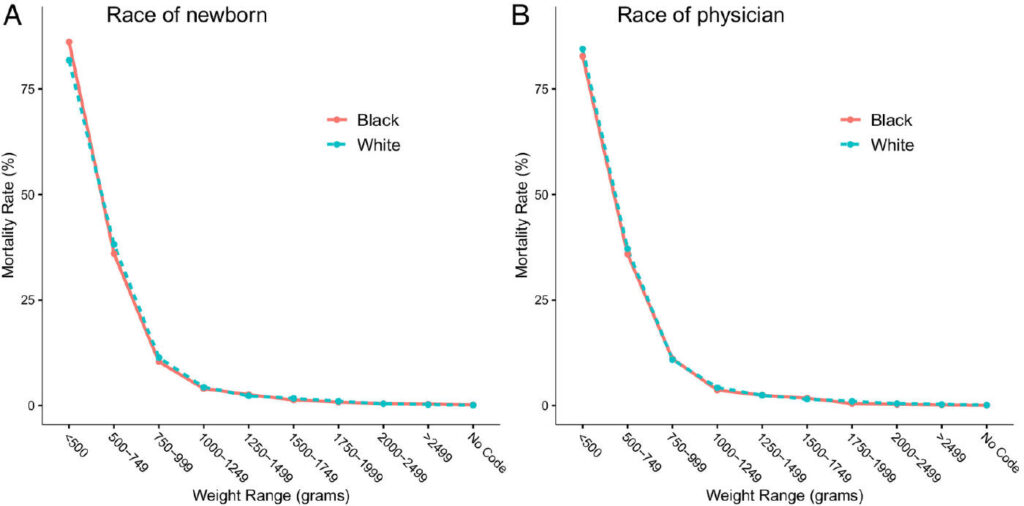A groundbreaking discovery in the fields of anthropology and genetics has unveiled a fascinating chapter of human history. Scientists have found evidence that an adult woman in Pleistocene Indonesia had a child with a Denisovan, a mysterious and now-extinct human relative. This revelation not only deepens our understanding of human evolution but also highlights the complex interactions between different hominin species thousands of years ago.
The Discovery of a Lifetime
According to a recent study published in the Proceedings of the National Academy of Sciences (PNAS), researchers analyzed the DNA of ancient human remains found in Indonesia. The skeleton, dating back approximately 15,000 years, belonged to an adult woman whose genetic makeup showed significant Denisovan ancestry. This is the first direct evidence of Denisovan-human interbreeding in Southeast Asia.
Who Were the Denisovans?
The Denisovans are an elusive branch of the human family tree. First identified from a fragment of a finger bone discovered in Siberia’s Denisova Cave in 2010, these ancient hominins are known primarily through genetic evidence rather than extensive fossil records. Their existence has been a subject of intrigue, as they contributed genetic material to modern humans, especially among Melanesian and Australian Aboriginal populations.
The research team utilized advanced DNA extraction and sequencing methods to analyze the ancient remains. By examining the mitochondrial DNA and nuclear DNA, they could identify Denisovan genetic markers within the woman’s genome. This finding suggests that interbreeding between modern humans and Denisovans occurred more widely and recently than previously thought.
This discovery has significant implications for our understanding of human migration patterns. It indicates that Denisovans were present in Southeast Asia and interacted with modern humans much later than scientists had assumed. This could lead to a reevaluation of the routes taken by early humans as they dispersed across the globe.

Mortality rate of newborns by birth weight. (A) By race of newborn. (B) By race of physician.
The interbreeding between different hominin species paints a picture of a complex and intertwined human family tree. Modern humans not only coexisted with Neanderthals and Denisovans but also interacted with them, leading to the exchange of genetic material. These interactions may have played a crucial role in the adaptation and survival of our species.
Indonesia’s geographic location as an archipelago connecting Asia and Australia makes it a vital region for studying human evolution. The new evidence of Denisovan-human interbreeding in this area adds a critical piece to the puzzle. It suggests that Southeast Asia was a melting pot of hominin species, fostering genetic diversity that persists in modern populations.
Future Research Directions
The study opens up new avenues for research into ancient human history. Scientists are eager to explore other archaeological sites in Southeast Asia for additional evidence of Denisovans and their interactions with modern humans. Further genetic studies could also help identify specific Denisovan traits that have been passed down to contemporary populations.
The discovery of a Denisovan-human offspring in Indonesia is more than just an intriguing footnote in human history; it reshapes our understanding of who we are and where we come from. As scientists continue to uncover the secrets of our ancient ancestors, each finding brings us closer to comprehending the rich tapestry of human evolution.




